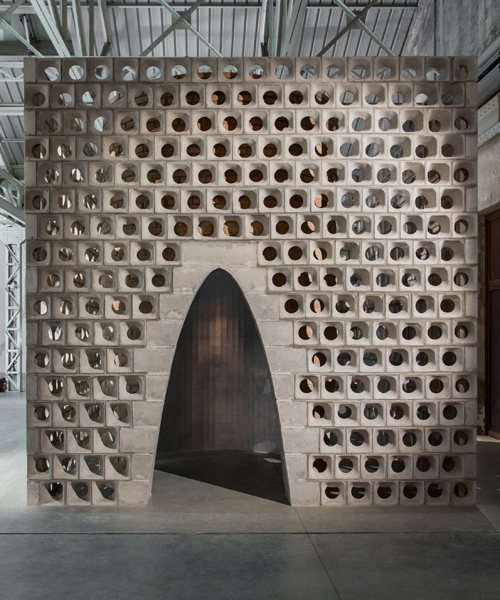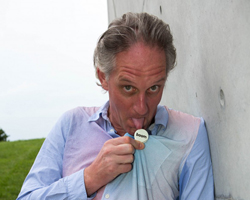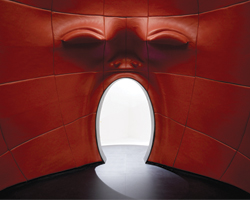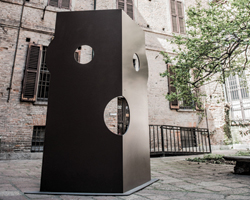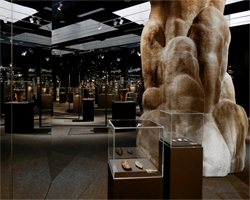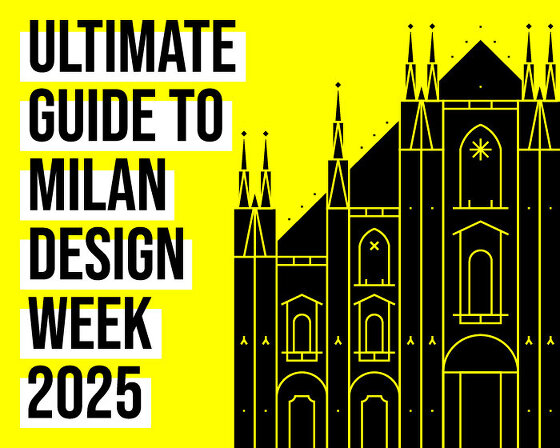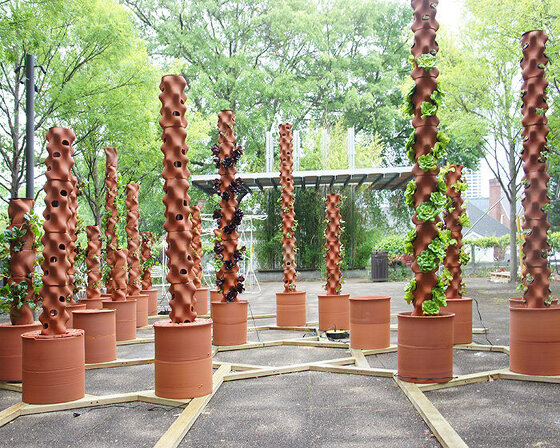architecture as art at the XXI triennale international exhibition, milan
image © gianluca di ioia – la triennale
following a twenty year hiatus, the great XXI triennale international design exhibition is back. a vast program of exhibitions, events, competitions, festivals and meetings throughout the city, the ‘XXI triennale international exhibition: 21st century. design after design’ touches on key questions relating to the new dramatic art of design, which consists mainly in its ability to deal with those anthropological issues that classical modernity has excluded from its brief such as: eros, death, destiny, history, traditions, and the sacred; the issue of gender in design; the impact of globalization on design; the transformations brought about by the dawn of the twenty-first century and the crisis of 2008; the relationship between city and design; the relationship between design and the accessibility of new information technologies; and the relationship between design and craftsmanship.
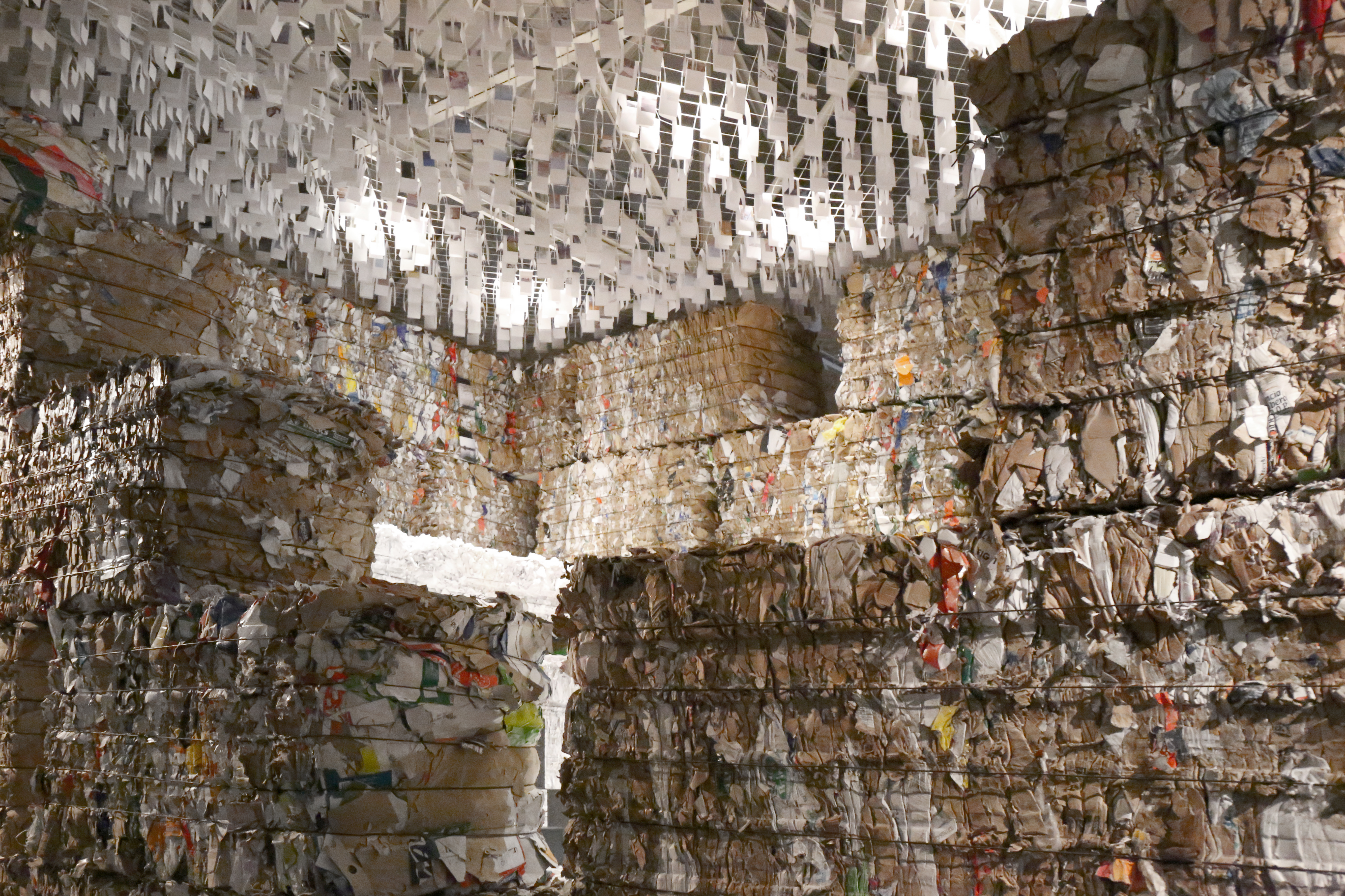
‘sharing’ by rural studio
image © designboom
the ‘XXI triennale international exhibition: 21st century. design after design’ does not wish to present visions of the future, but attempts to decode the new millenium and identify the changes that involve the very idea of planning. across the city and outskirts of milan 19 venues will offer reflections on ‘design after design’—’after’ a reference to design as it was back in or subsequent to the twentieth century—including the pirelli hangarbicocca that presents ‘architecture as art’ – an exposition that presents fifteen spatial works that address new responsibilities of architecture in the twenty-first century; and an understanding of architecture as an artistic artifact.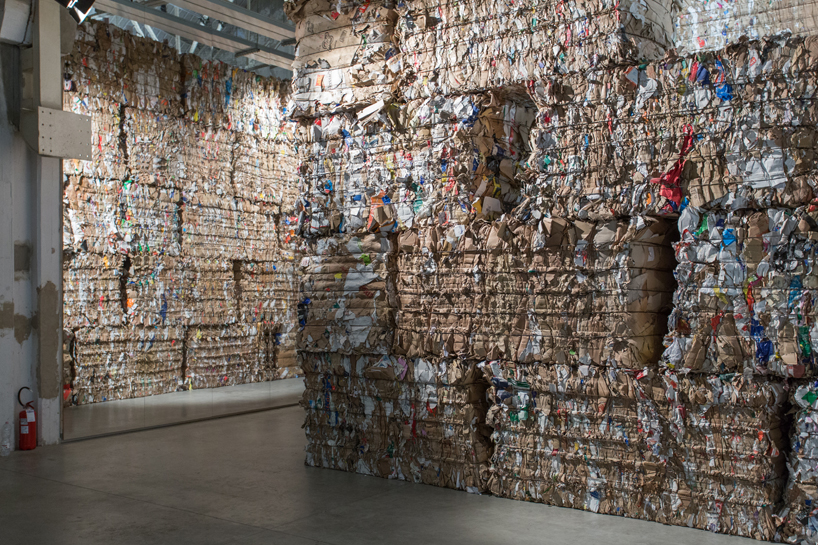
‘sharing’ by rural studio is an architectural construction made from discarded cardboard waste
image © designboom
international firms studio albori, amateur architecture studio, maria giuseppina grasso cannizzo, josep llinás carmona, carrilho da graça arquitectos, el equipo de mazzanti, catherine mosbach + michel desvigne paysagiste, lacaton & vassal, nArchitects, rural studio, rural urban framework and studio mumbai were invited to bring forth a spatial device suitable for encouraging visitors to look at architecture from a new perspective, relying on the persuasive effect offered by the museum display that is not typically dedicated to architecture. here, architecture is shown ‘live’, with the aim of helping discover all of the unique artistic qualities that are connected to the practice, allowing visitors to go beyond their usual, purely practical experience of architecture.
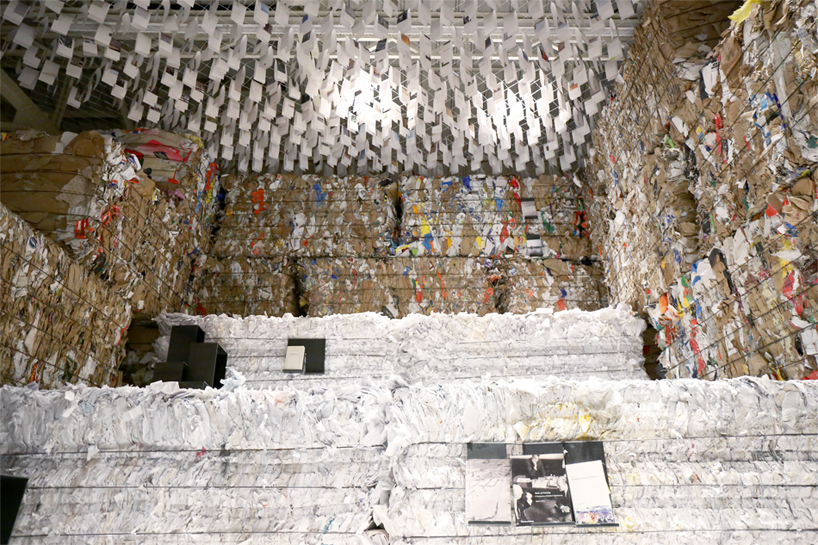
tossed office and other white papers are bound together to create various levels within
image © designboom
set within the ‘shed’ building of pirelli hangarbicocca, ‘architecture as art’, creates a sort of atlas that illustrates the themes and subjects related to architecture and building in the twenty-first century. at once the draft of an archive and the outline of a map, it appears within the arrangement of objects in the unified space of a parterre, alluding to the beginning of new actions and ways of being. 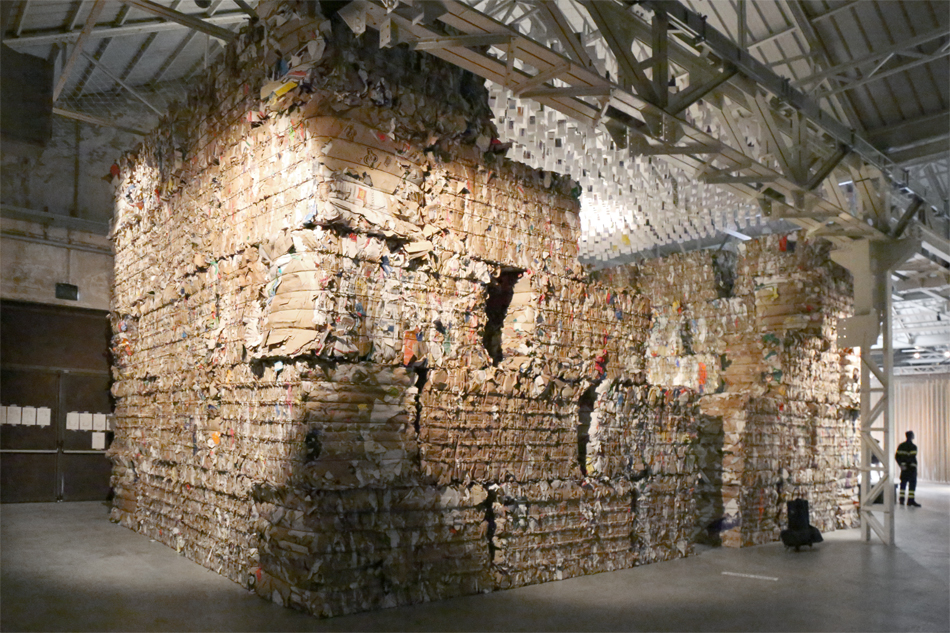
exterior view of ‘sharing’ by rural studio
image © designboom 
detail of the cardboard construction
image © designboom 
‘shelter’ by rural urban framework
image © gianluca di ioia – la triennale
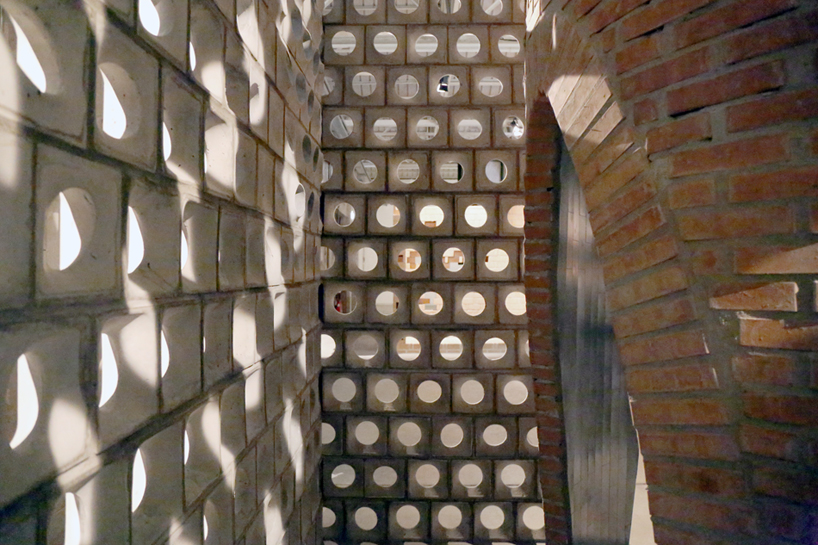
‘shelter’ is a construction of concrete and brick
image © designboom 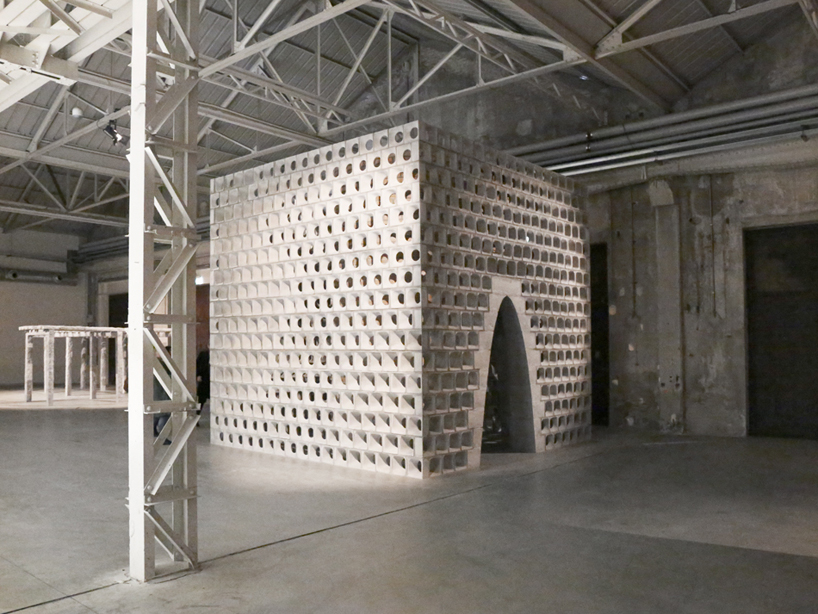
installation view of ‘shelter’ set inside pirelli hangarbicocca’s shed
image © designboom 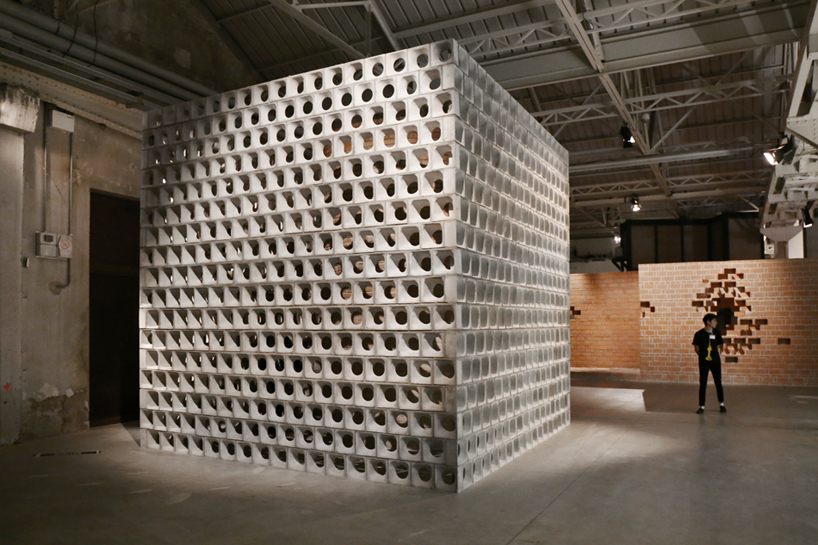
concrete bricks with circular openings provide ventilation for ‘shelter’
image © designboom 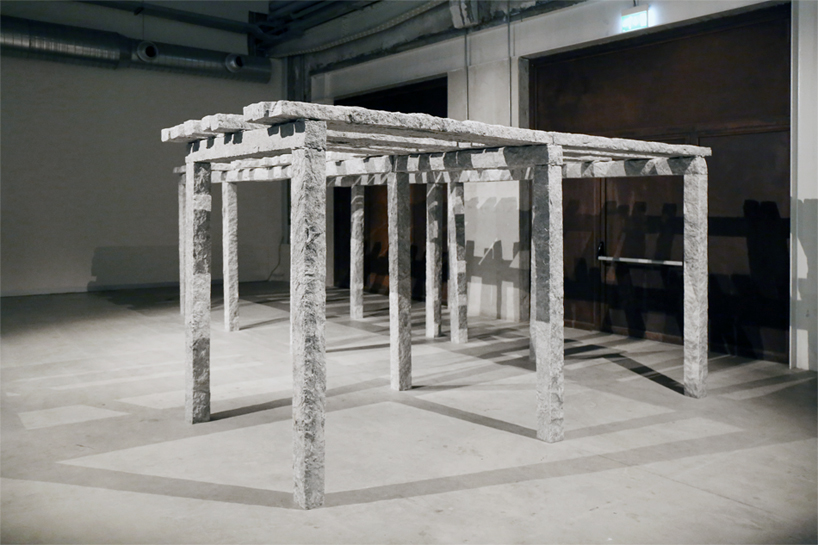
‘porch’ by studio mumbai
image © designboom 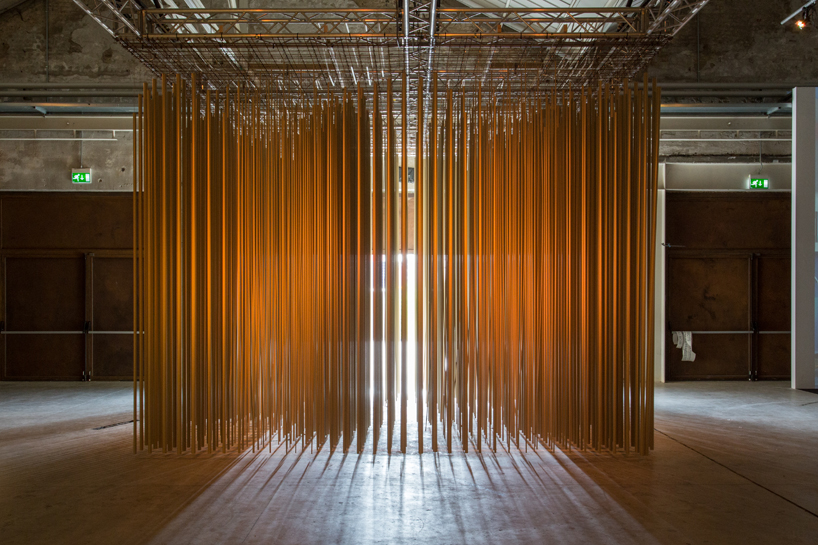
‘entrance’ by maria guiseppina grasso cannizzo
image © gianluca di ioia – la triennale 
‘entrance’ ironically does not allow visitors to easily enter into the space
image © designboom 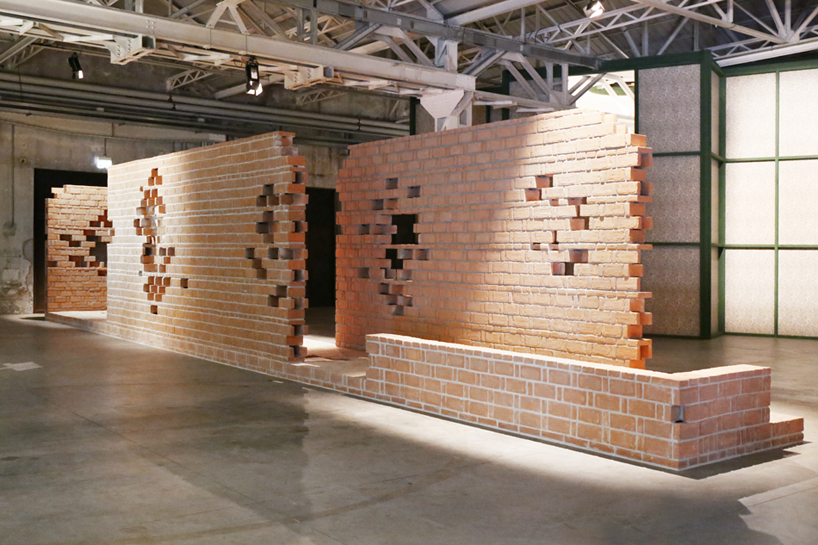
‘bricolage’ by amateur architecture studio
image © designboom 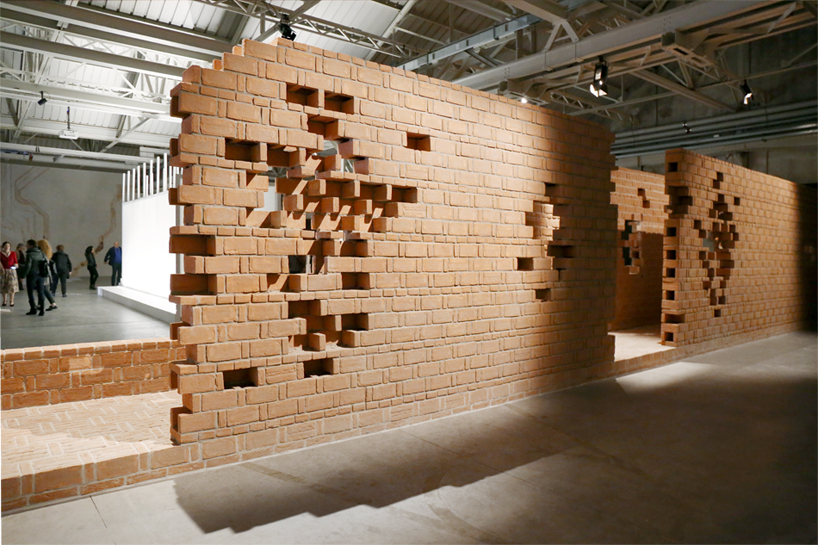
amateur architecture studio have erected a bricolage of bricks
image © designboom 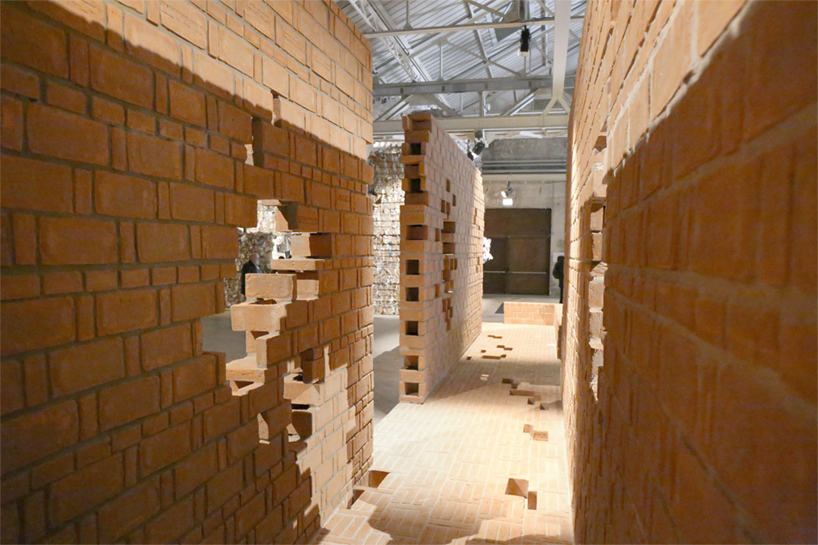
view of the ‘bricolage’ corridor
image © designboom 
‘home’ by atelier bow wow
image © designboom
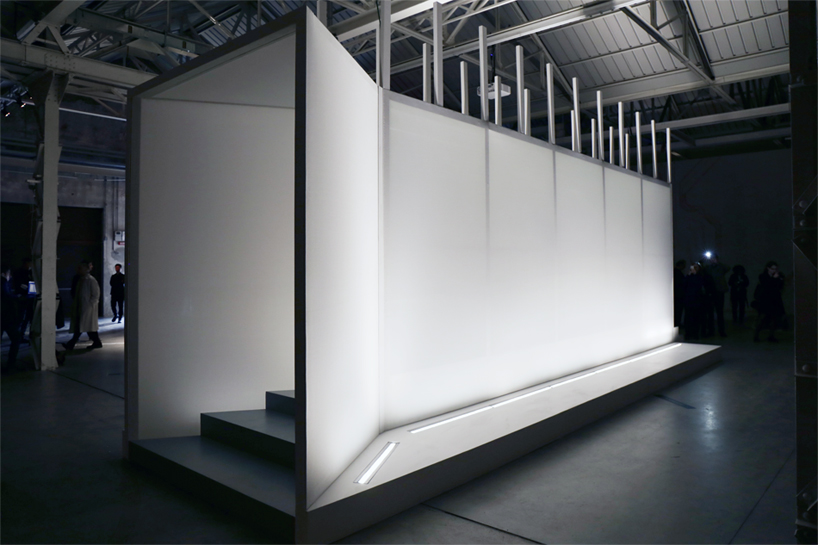
‘sidewalk’ by el equipo de mazzanti
image © designboom 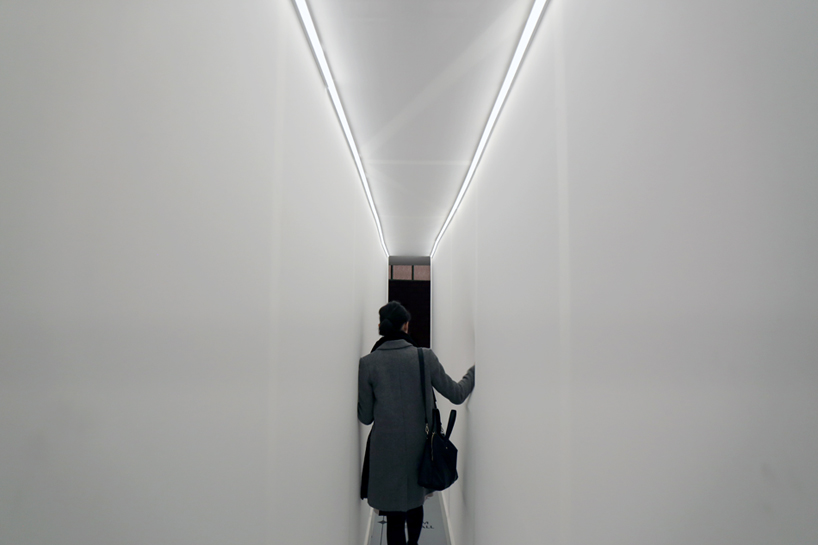
‘sidewalk’ features elastic walls
image © designboom 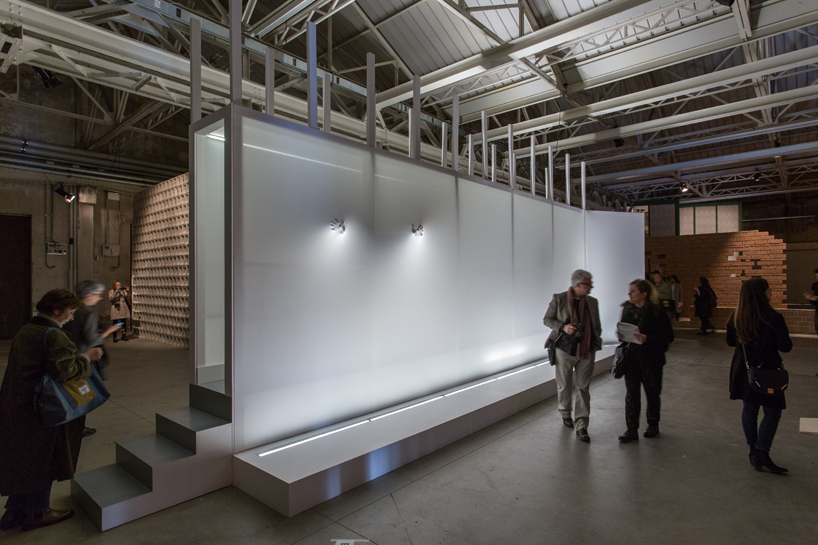
external view of ‘sidewalk’
image © designboom 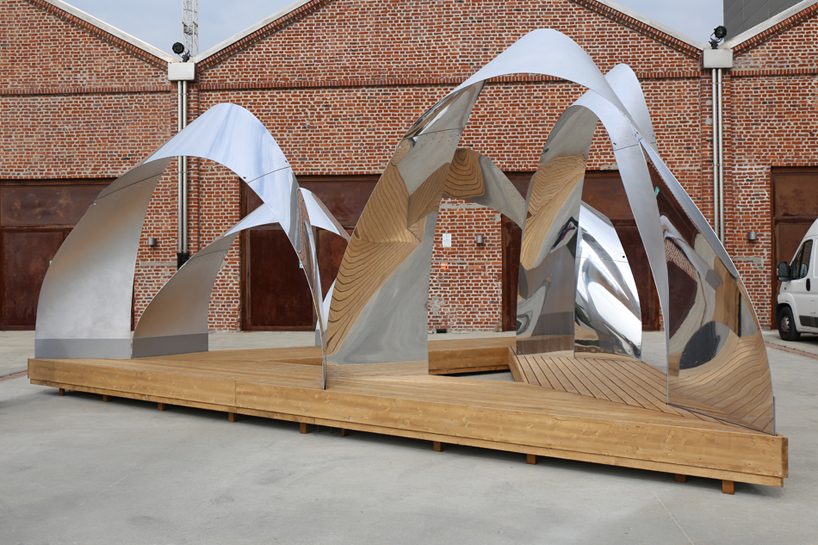
‘roof’ by nArchitects
image © designboom 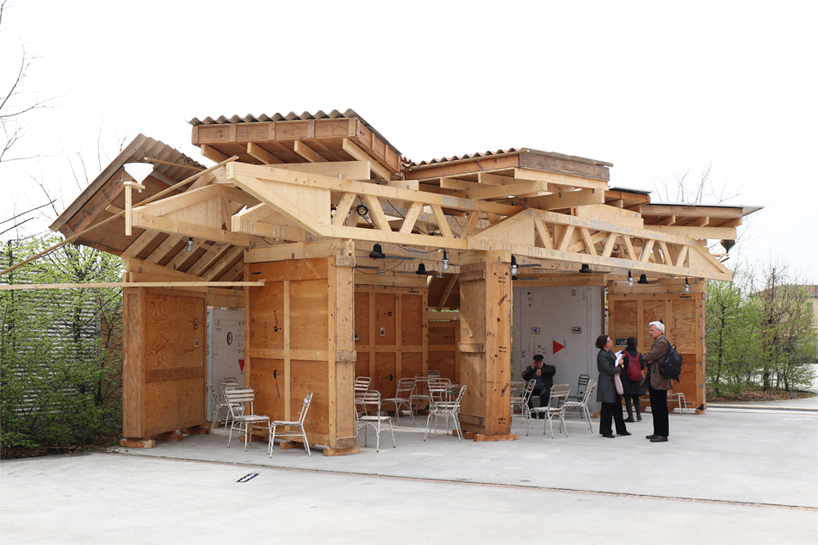
‘sustainable’ by studio albori
image © designboom
the ‘XXI triennale international exhibition’ runs until september 12th, 2016, with exhibitions and events held at: BASE milano, brera academy of fine arts, EXPO site, fabbrica del vapore, IULM university, ‘leonardo da vinci’ national museum of science and technology, mudec – museum of cultures, MUFOCO – museum of contemporary photography, museo diocesano, palazzo della permanente, palazzo della triennale, pirelli hangarbicocca, pirelli headquarters, pirelli tower, politecnico di milano – bovisa campus, politecnico di milano – leonardo campus, triennale expogate, the university of milan and villa reale di monza.
the ‘XXI triennale international exhibition’ made possible with the support of the bureau international des expositions (BIE), the italian government, the city of milan, lombardy region, the chamber of commerce of milan and the chamber of commerce of monza and brianza.
—
XXI triennale international exhibition: 21st century. design after design
april 2nd – september 12th, 2016
the XXI triennale di milano international exhibition has a vast program of exhibitions, events, competitions, festivals and meetings throughout the city, in venues ranging from la triennale (palazzo della triennale) to the fabbrica del vapore, pirelli hangarbicocca, the politecnico di milano campuses, the IULM campus, MUDEC, the national museum of science and technology ‘leonardo da vinci’, BASE milano, the palazzo della permanente, the pirelli tower, the ex expo site, the museo diocesano, the pirelli foundation, the university of milan, the accademia di belle arti di brera, the triennale expogate through to the villa reale in monza, the historic site of the first international exhibitions. running under the title ’21st century. design after design’, it touches on key questions, such as the new dramatic art of design, which consists mainly in its ability to deal with those anthropological issues that classical modernity has excluded from its brief, such as death, the sacred, eros, destiny, traditions, and history; the issue of gender in design; the impact of globalization on design; the transformations brought about by the dawn of the twenty-first century and the crisis of 2008; the relationship between city and design; the relationship between design and the accessibility of new information technologies; and the relationship between design and craftsmanship.
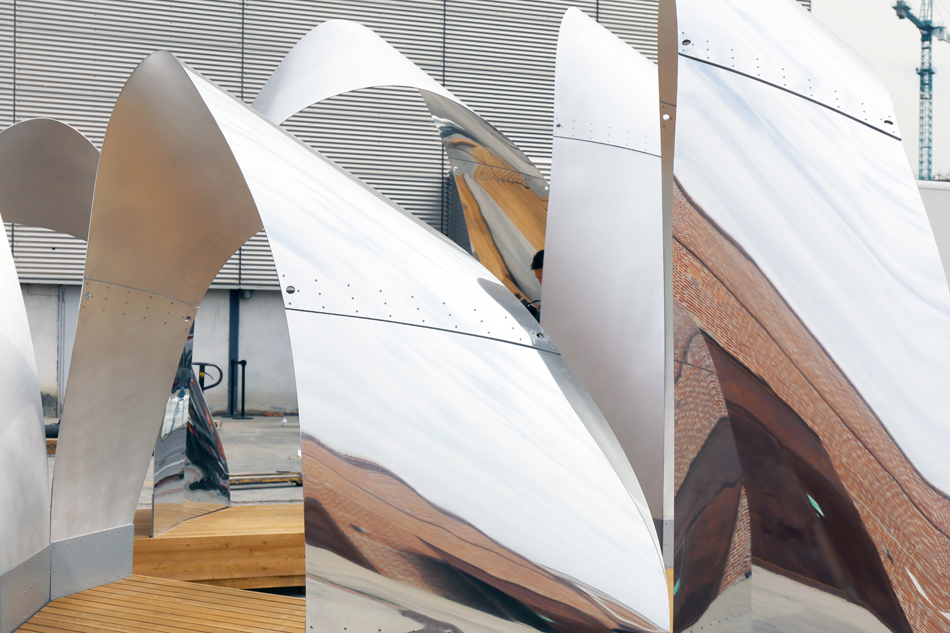
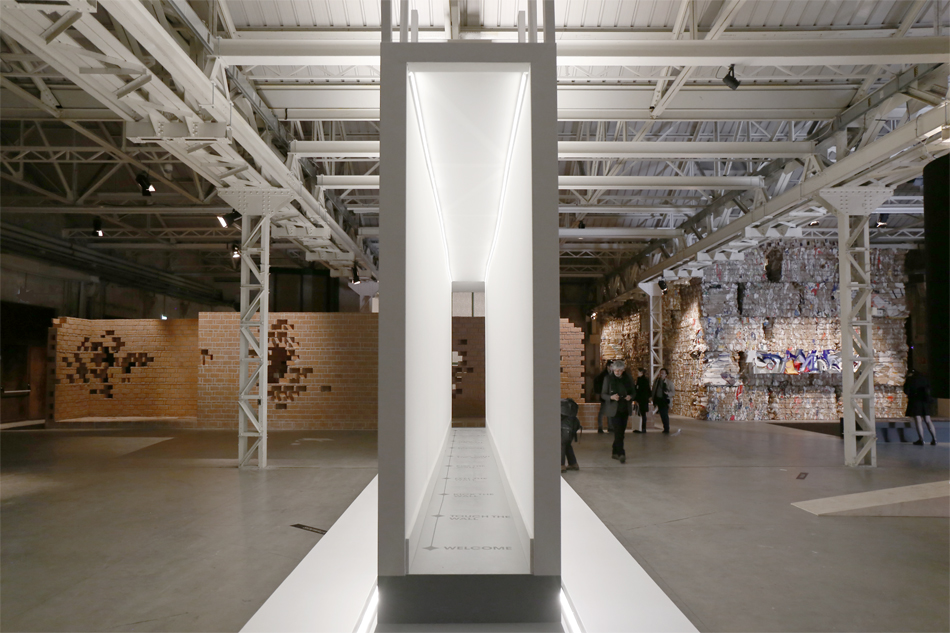
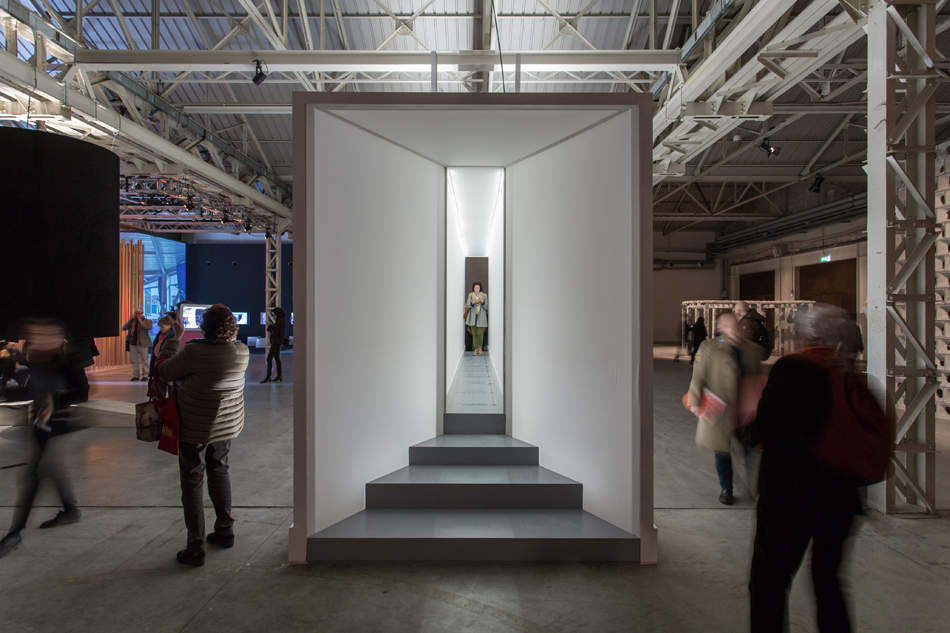
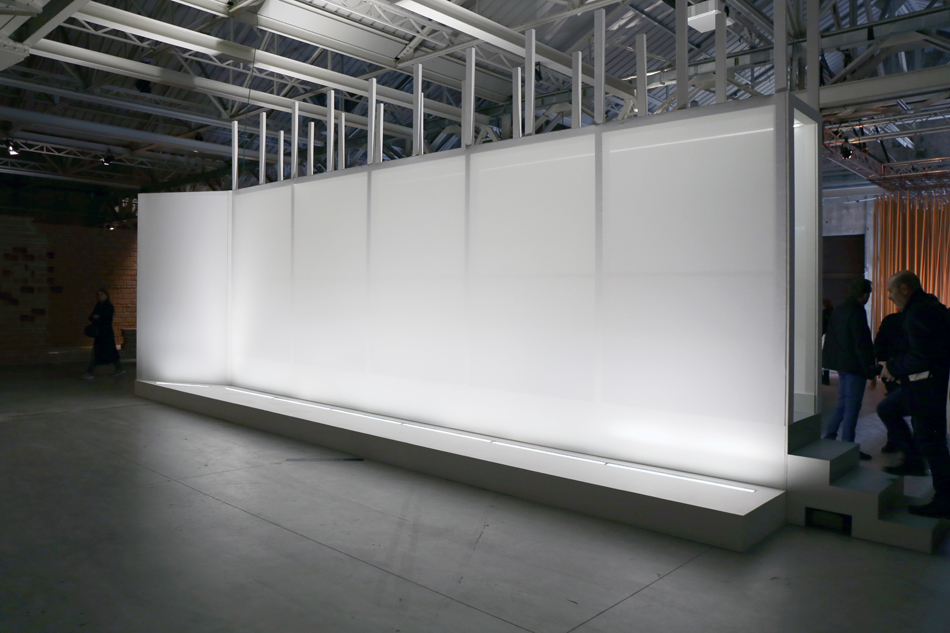
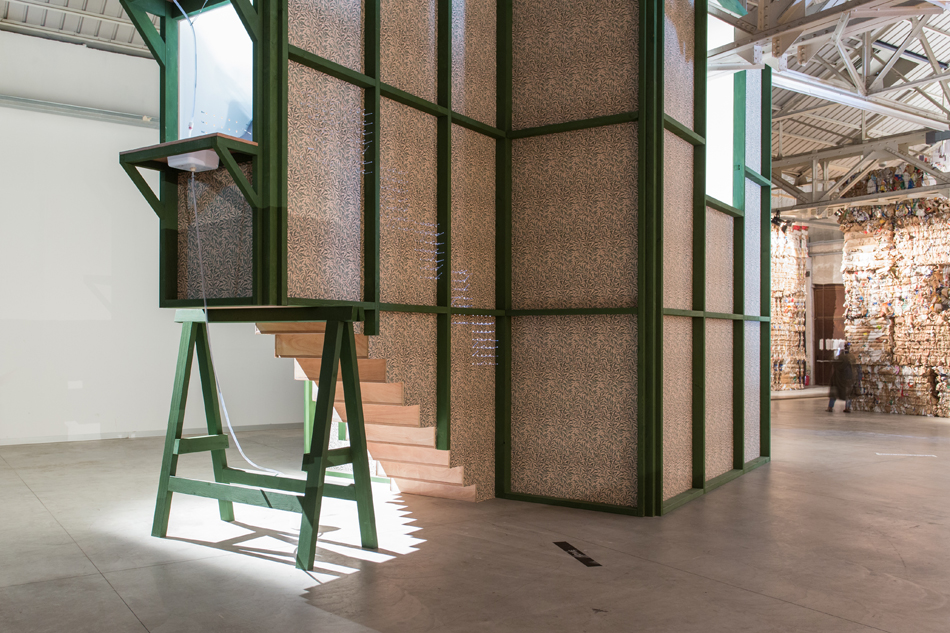
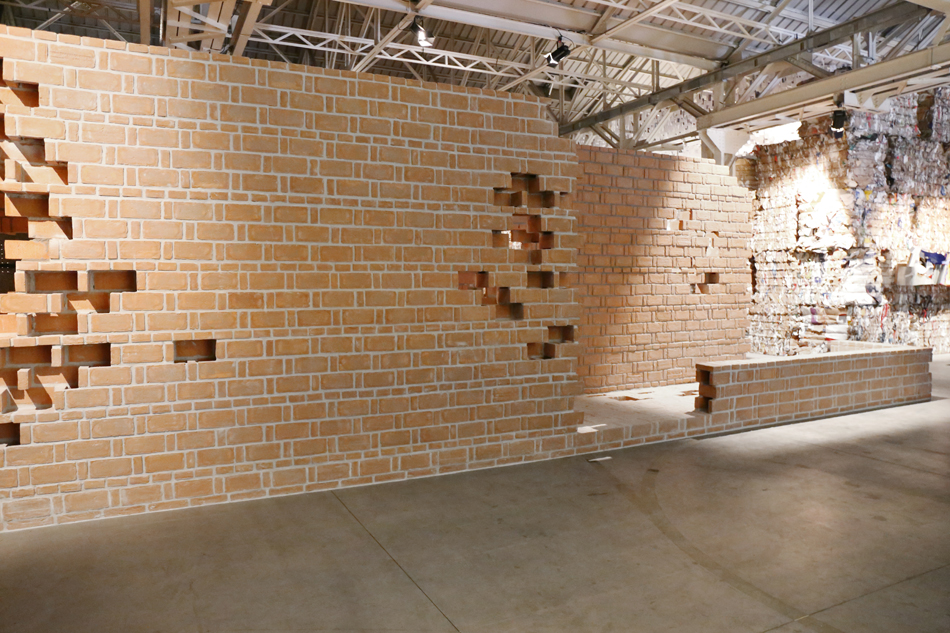
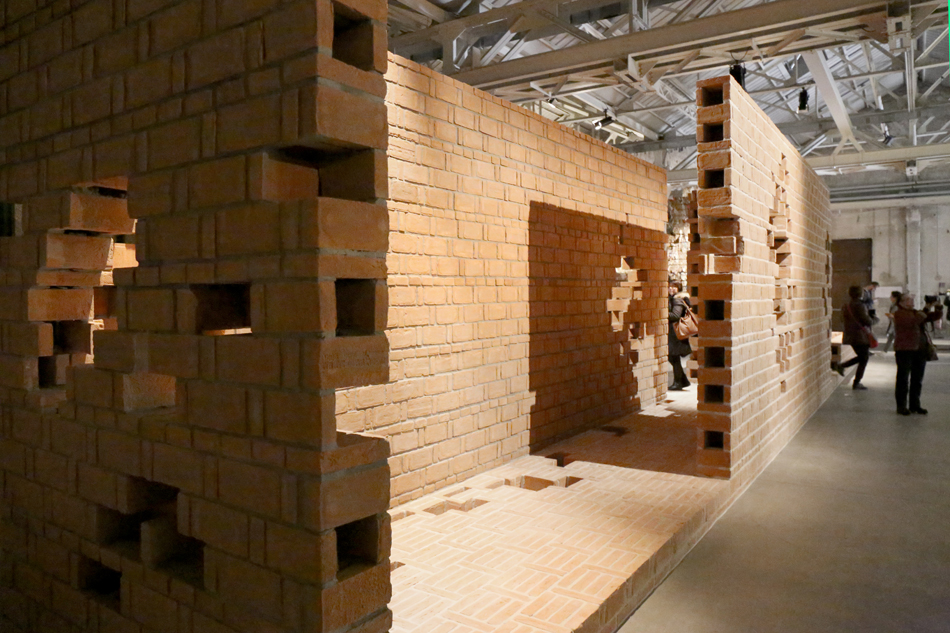
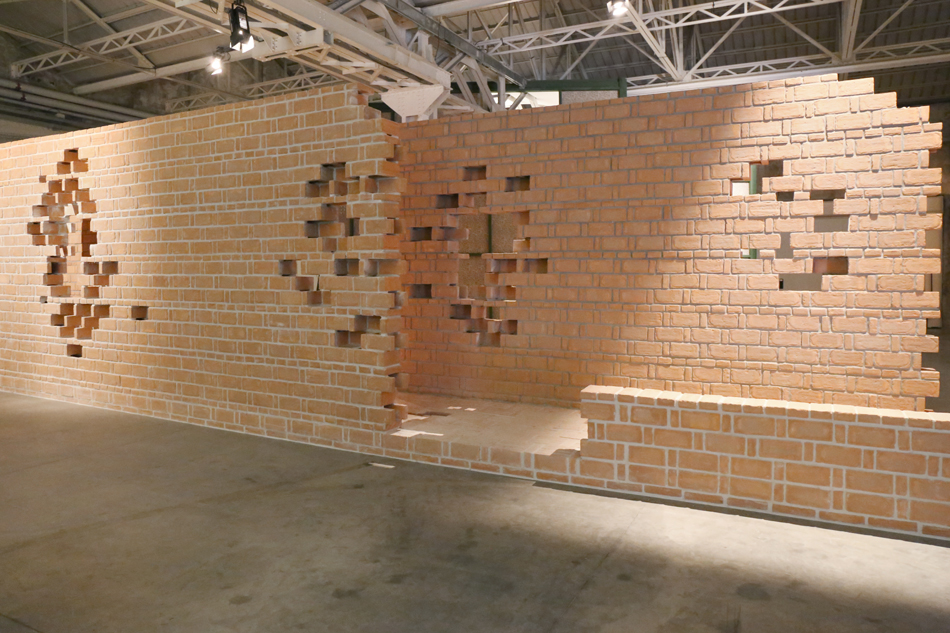
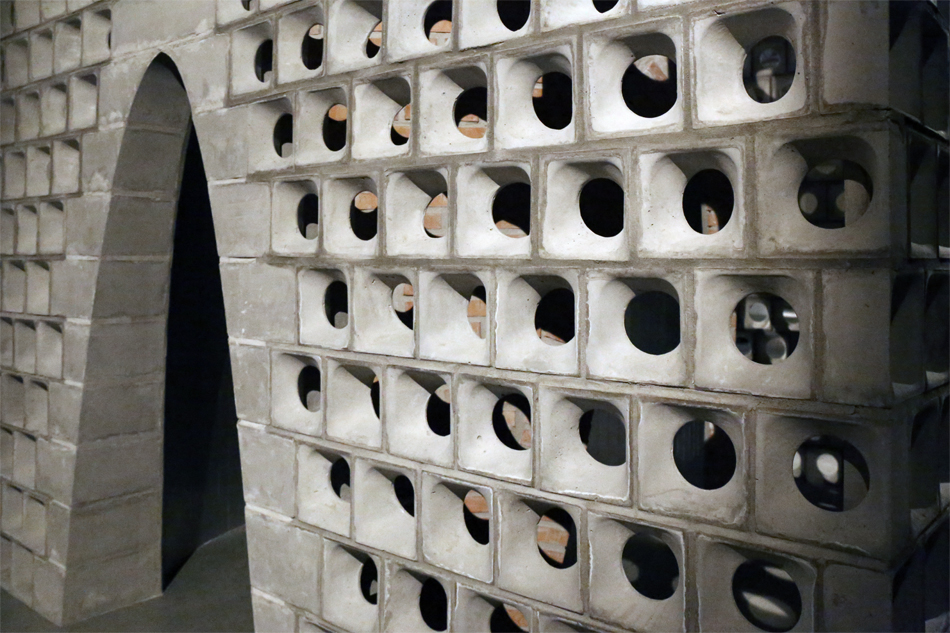


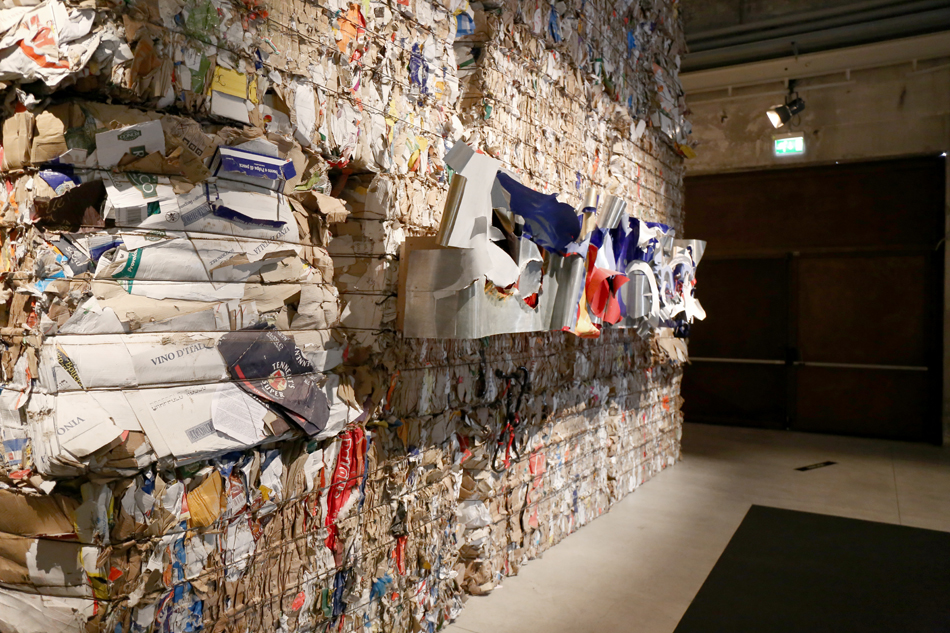


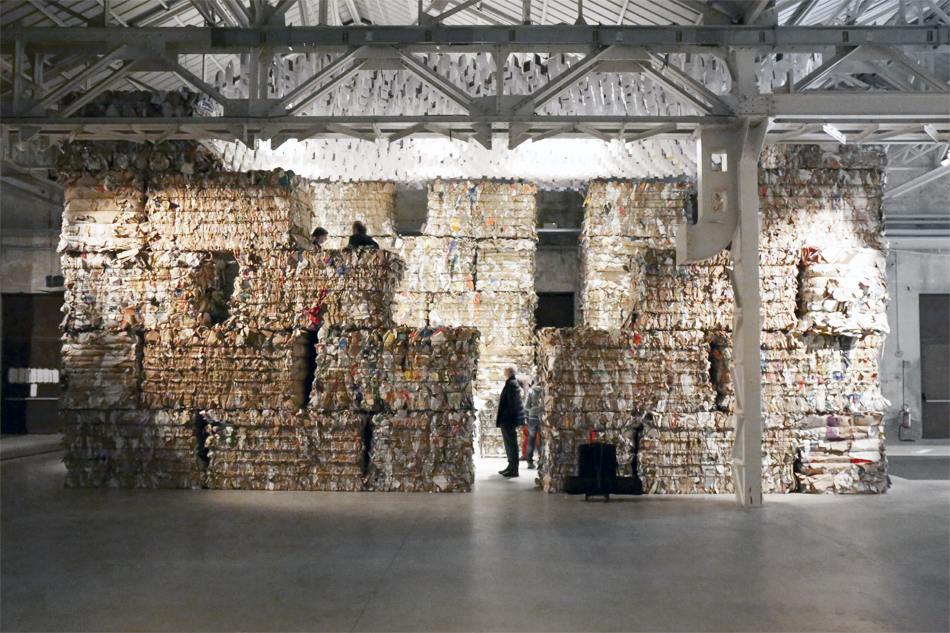


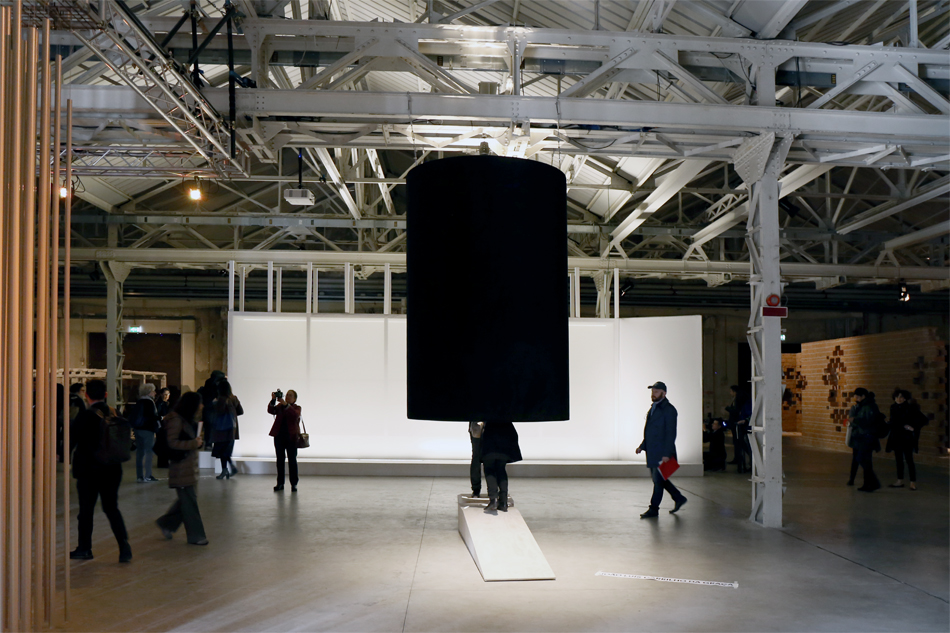
Save
